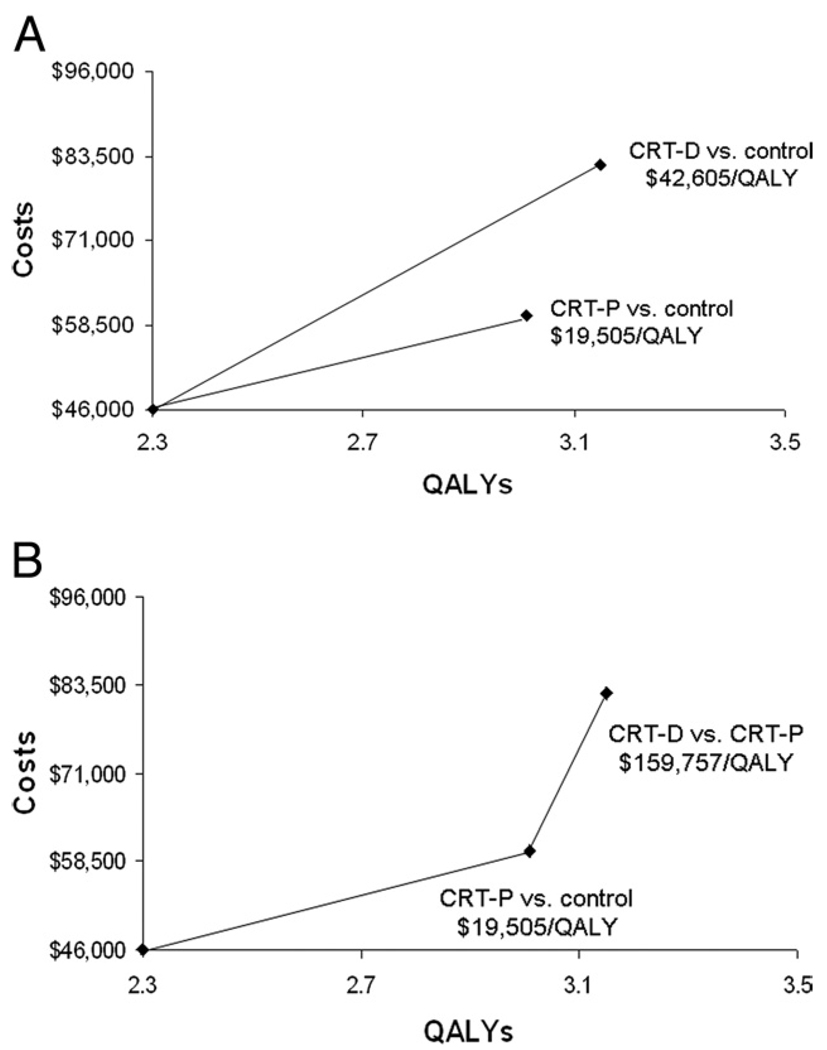Figure 3. Absolute Versus Incremental CE.
The incremental costs (y-axis) and effectiveness (x-axis, in quality-adjusted life years [QALYs]) for the 2 experimental arms of the COMPANION (Comparison of Medical Therapy, Pacing, and Defibrillation in Heart Failure) trial are plotted versus the control group of optimal medical therapy (27). In A, the reported separate cost-effectiveness (CE) ratios for cardiac resychronization therapy pacemakers (CRT-Ps) and cardiac resynchronization therapy defibrillators (CRT-Ds) versus the control group both appear to be attractive from a U.S. perspective. The CE theory, however, dictates that each alternative is compared to the next best. When this is done, as shown in B (28), the incremental CE ratio for CRT-D versus CRT-P appears much larger.

